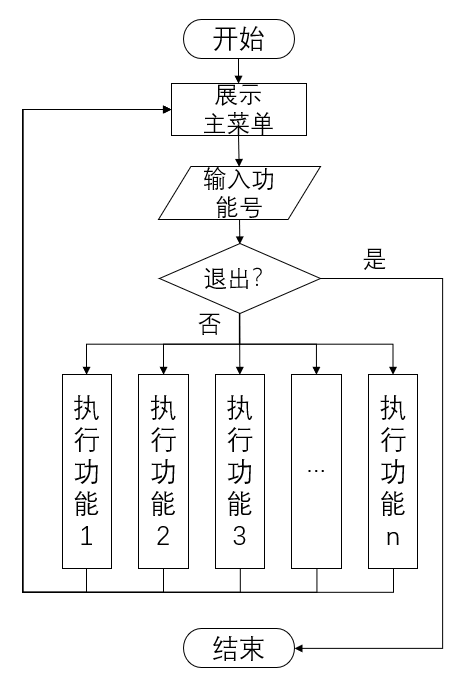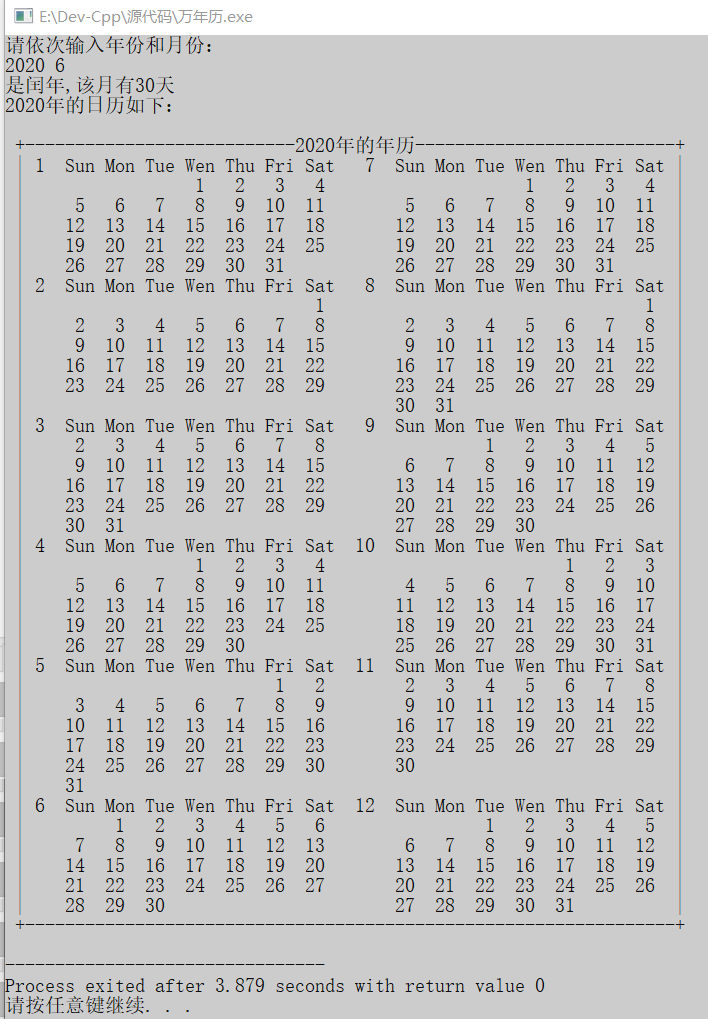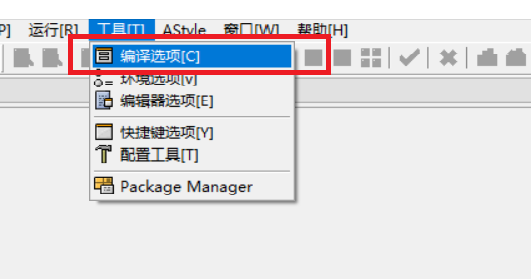我正在阅读Andrei Alexandrescu的
Modern C++ Design Generic Programming and Design Patterns Applied和关于多方法的第11章正好解决了我想要解决的问题.本书的所有源代码都发布在名为
Loki的库中.
问题在于该书相当陈旧(2001)并处理了在C 11中不再适用的限制(例如,模板参数的数量不能变化).我试着查看Loki是否已经使用C 11进行了重写,但是最后一次修改是在2009年,并且在Andrei Alexandrescu’s home page没有更新.但是,在做了一些研究之后我觉得Loki就像它在某种意义上就像Boost一样被纳入标准库.
解决方法
它不在标准中,但使用由一对typeid索引的函数对象的映射构建起来相当容易.
为了完整起见,这是我的第一次尝试:
#include <iostream>
#include <typeinfo>
#include <typeindex>
#include <map>
#include <functional>
#include <memory>
struct Animal {
virtual std::type_index type() const = 0;
};
template <class T> struct AnimalImpl : public Animal {
std::type_index type() const override {
return typeid(T);
}
};
struct Dog : AnimalImpl<Dog> {
};
struct Cat : AnimalImpl<Cat> {
};
struct Mouse : AnimalImpl<Mouse> {
};
using Types = std::tuple<std::type_index,std::type_index>;
using Outcome = std::function<void (Animal&,Animal&)>;
using dispatchMap = std::map<Types,Outcome>;
using namespace std;
void catVDog(Animal& cat,Animal& dog) {
cout << "dog wins\n";
}
void catVMouse(Animal& cat,Animal& mouse)
{
cout << "cat wins\n";
}
dispatchMap makeOutcomes()
{
dispatchMap result;
result.emplace( make_pair( Types {typeid(Cat),typeid(Dog)},catVDog) );
result.emplace( make_pair( Types {typeid(Dog),typeid(Cat)},[](Animal&a1,Animal&a2) { return catVDog(a2,a1); }) );
result.emplace( make_pair( Types {typeid(Cat),typeid(Mouse)},catVMouse) );
result.emplace( make_pair( Types {typeid(Mouse),Animal&a2) { return catVMouse(a2,a1); }) );
return result;
}
const dispatchMap outcomes = makeOutcomes();
void fight(Animal& a1,Animal& a2)
{
auto it = outcomes.find(Types{ a1.type(),a2.type() });
if (it == outcomes.end()) {
cout << typeid(a1).name() << " " << typeid(a2).name() << " ";
std::cout << "no fight\n";
}
else {
it->second(a1,a2);
}
}
int main()
{
unique_ptr<Animal> cat { new Cat {} };
unique_ptr<Animal> dog { new Dog {} };
unique_ptr<Animal> mouse { new Mouse {} };
fight(*cat,*dog);
fight(*cat,*mouse);
fight(*dog,*cat);
fight(*dog,*mouse);
return 0;
}





